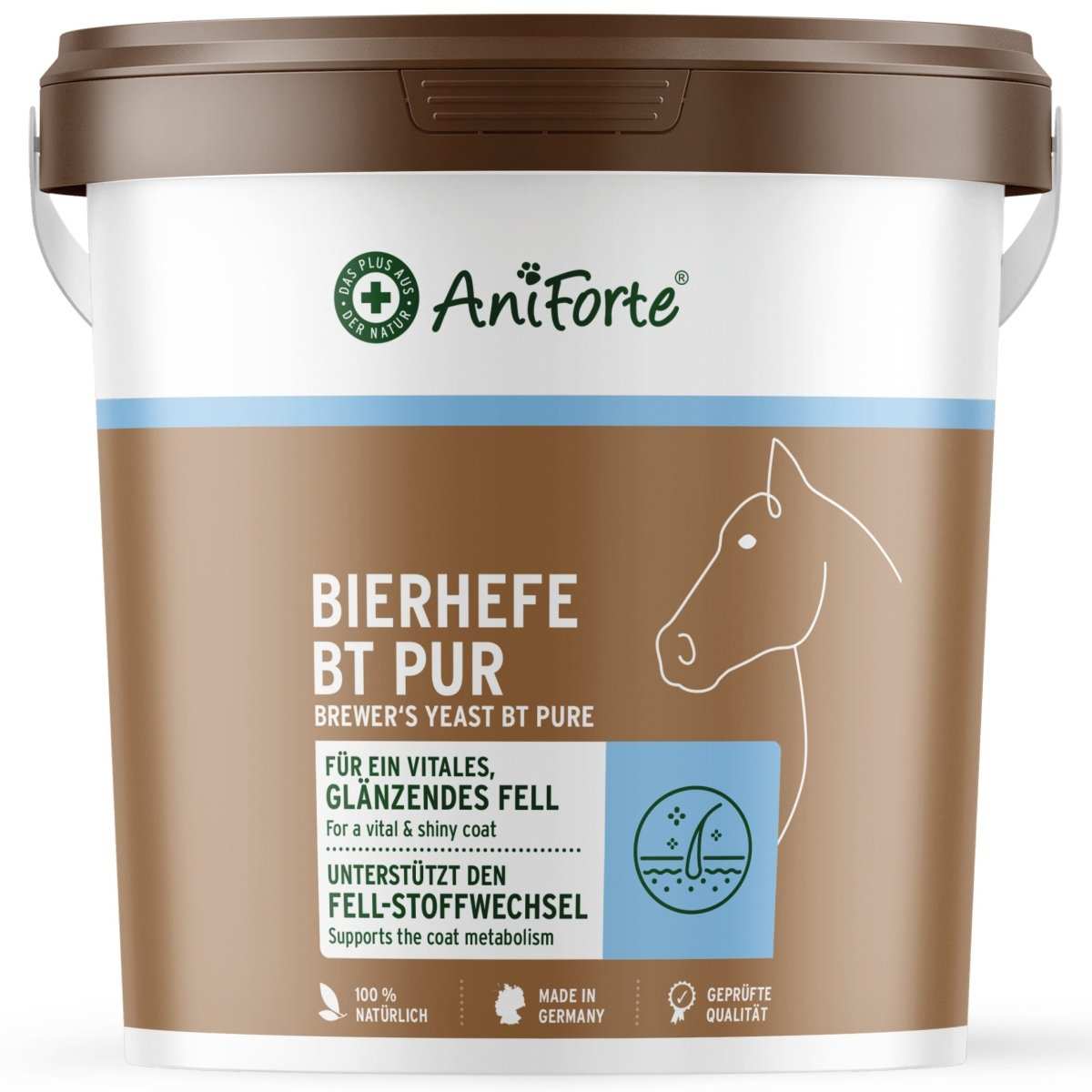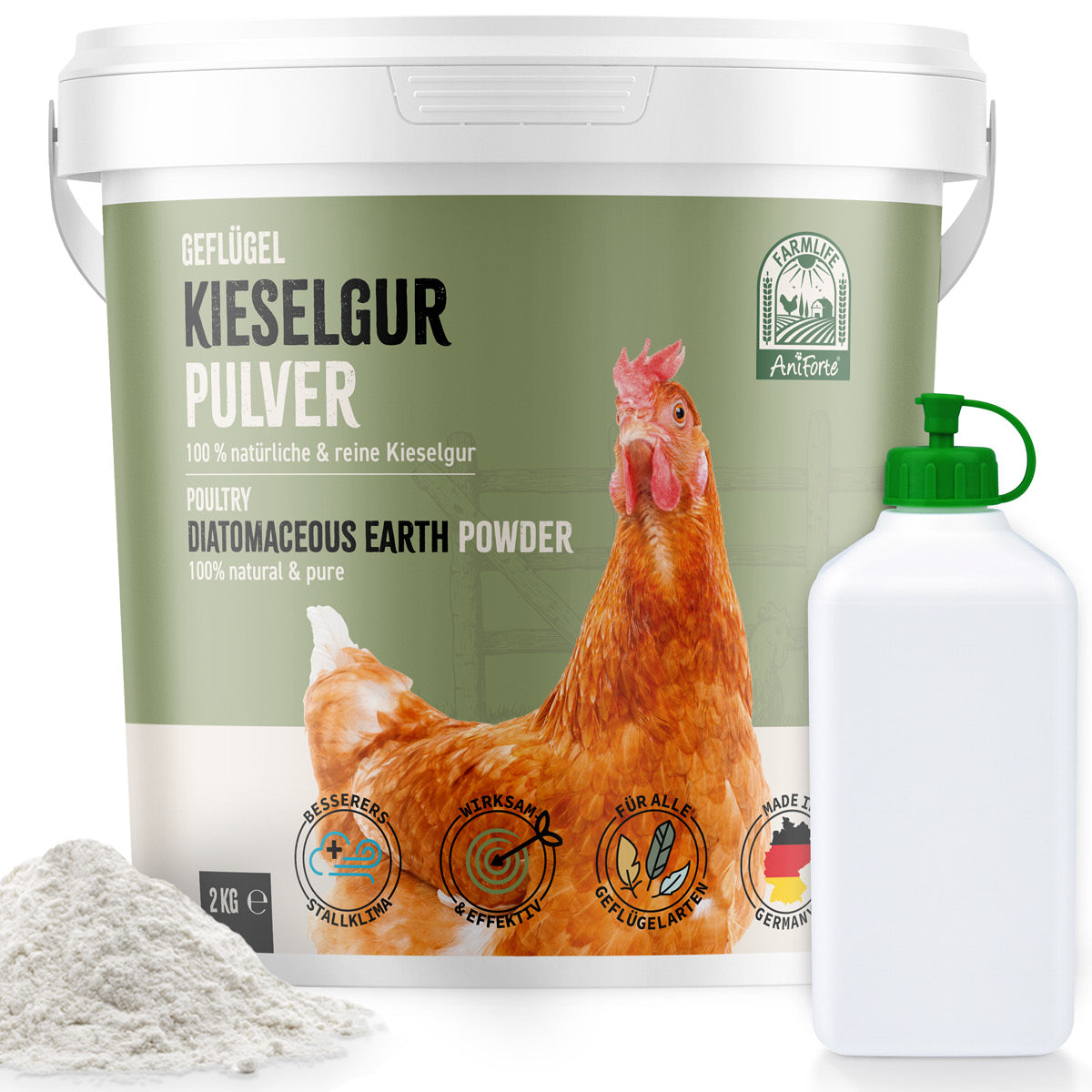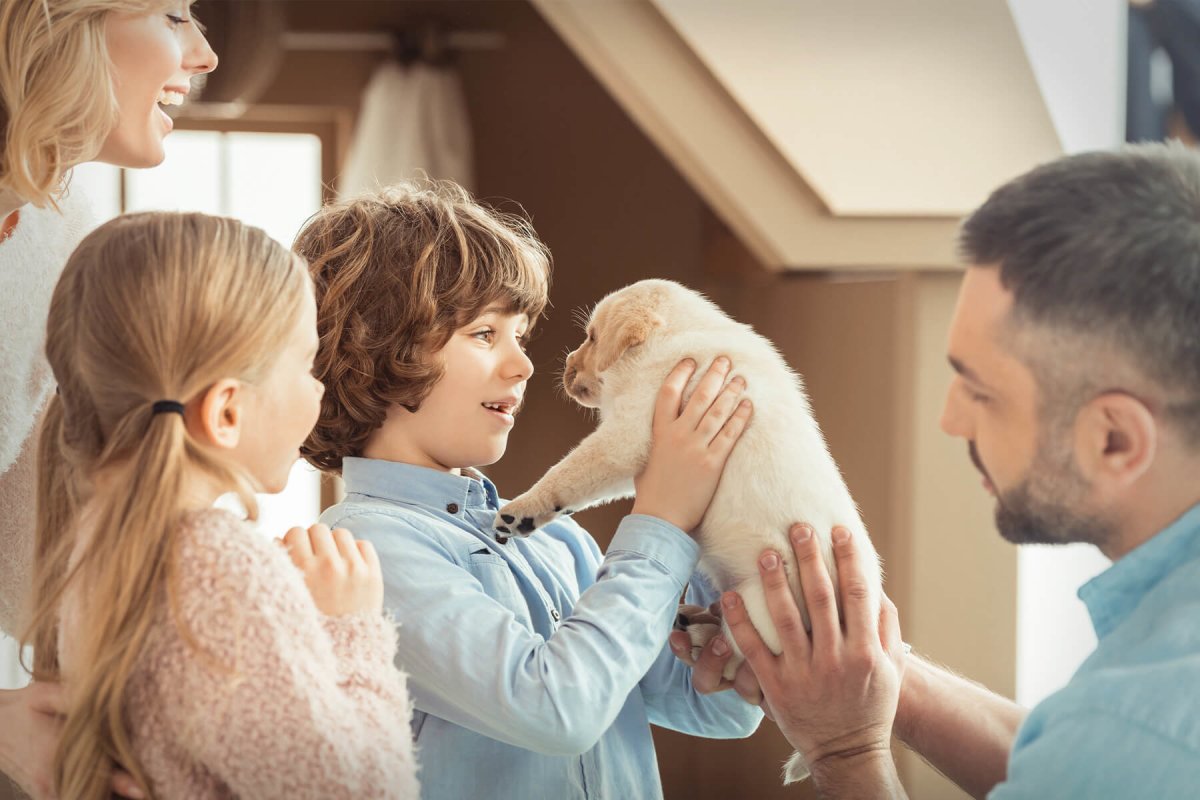Dogs panta lot in the heat and give their masters or mistresses the feeling that they are suffering greatly from the summer temperatures. Many people resort to summer shearing as a measure. But is this a good solution in terms of appropriate coat care? Our veterinary practitioner sheds some light on the subject and explains not only the right summer coat care but also when summer shearing is good - and when it is not.
How does my dog sweat?
In dogs, heat regulation is largely achieved by panting. Your pet breathes in cold air through its nose and exhales warm air through its snout. This way of cooling down is less effective than sweating in humans. This is why dogs react more sensitively to hot temperatures. Panting therefore helps to compensate for the heat and is completely normal. The paw pads also help to balance the heat. Grooming in the form of clipping therefore has no effect on the dog's heat regulation.
The seasonal change of coat
Your pet's coat was given to him by nature and is basically suitable for all weather conditions as long as the correct coat care is taken into account. In winter it protects your dog from the icy cold and biting wind, in summer from the stinging sun and sweltering heat. After all, a dog's coat adapts to the climatic conditions with the seasonal coat change. Coat care should therefore also be adapted according to the season. However, clipping is not always necessary. However, proper skin and coat care in summer - especially for longhairs - is essential.
Coat care against parasites, fungi & bacteria
Generally speaking, dogs with thick or long coats or a thick undercoat - such as the Old German Shepherd, Newfoundland, Briard, Bobtail and Collie - suffer more from the high temperatures in summer than their counterparts with short coats. Proper grooming in summer is therefore even more important for these dogs.
When temperatures rise, your dog releases heat through its skin. Therefore, regular grooming and hygiene is so important, because if the coat is not groomed regularly, the loose and dead hair will become matted and tangled. These make it difficult for the skin to breathe and are also a welcome nest for parasites, mites, fungi and bacteria. Without grooming, skin problems such as hotspots, fungal diseases or eczema can develop in your dog.
Matted fur also dries more poorly. This can be particularly problematic for dogs that like to go swimming in the warmer months. This is because the remaining moisture in the coat also encourages the skin diseases mentioned above.
How to care for your dog's summer coat properly
To avoid this, you should - especially as the owner of a long-haired breed - pay attention to good and regular grooming. Sometimes it may also be necessary to thin out the coat considerably. This makes your dog's top coat less dense and not as close to the skin as the undercoat. The air can circulate better and your pet won't sweat as much. Thinned hair also makes grooming much easier.
A plucking brush with metal barbs is recommended as an aid, but a Furminator, a shedding tool, can also be a valuable aid for grooming long hair. This removes loose hair with the stainless steel edge and your dog's undercoat is evenly thinned without damaging the top coat.
Summer clipping: a good solution?
When the temperatures rise, you come across them more and more: clipped dogs, sometimes bald to the skin. Many dog owners mean well and want to help their pet cope better with the heat with this type of coat care. Others consider clipping to be easier than regular grooming. Regardless of the motive, as a dog owner you should carefully consider whether clipping is really beneficial for your pet.
If your dog belongs to a breed with little to no undercoat - such as the Yorkshire Terrier, Maltese, Bolonka or Poodle - it should be regularly presented to the groomer. If, on the other hand, you have a long-haired dog with a thick undercoat, I recommend thinning and regular grooming - as described above.
What is the problem with summer shearing?
1. poor ventilation despite clipping
When clipping, your dog's insulating undercoat is shortened but not removed. The heat can still not be optimally released to the outside, as the animal's skin is poorly ventilated despite the "light summer cut". A well-intentioned clipping as coat care can therefore also have the opposite effect.
2. stronger offspring
Shearing can also cause your dog's undercoat to grow back more and become matted. Clipping can therefore be counterproductive to your dog's coat care.
3. coat structure can deteriorate
Unfortunately, clipping can also change your pet's coat structure for the worse: The coat often becomes softer, shaggier and loses its shine and color. In such a case, even the best coat care won't help.
4. increased risk of sunburn
The risk of sunburn also increases if the dog's coat is cut too short. Without the long, protective top coat, your four-legged friend is at the mercy of the sun. Adequate coat care looks different.
5 Possible cause of permanent hair damage
The loss of sun protection caused by clipping is in turn the main cause of so-called 'clipper alopecia'. This is hair loss with permanent damage to the top coat. Dermatologists report that excessive sun exposure burns the capillaries - the small blood vessels in the upper layers of the skin. The supply to the hair roots is no longer guaranteed and individual bald patches or unsightly tufts of wool form. Often the dog's coat no longer grows back in places. The dog is deprived of its natural protection against the weather. Clipping as part of well-intentioned coat care can therefore have serious consequences.
Is clipping the solution?
In breeds with very slow-growing top coats, clipping causes your dog's undercoat to grow back much faster and thus hinders the growth of the top coat. This makes grooming even more demanding.
As you can see, not all clipping is the same. It is therefore best to leave this task to a professional. Well-trained groomers are very familiar with coat care and know exactly how to treat each individual dog's coat without damaging it.
One point that is rarely mentioned is the change in your dog's appearance. I have seen many matt shorn huskies, although this breed otherwise impresses with its wonderfully shiny, strong and dense coat. So proper coat care doesn't have to mean clipping!
How can I cool my dog down?
For an extra portion of cooling off in summer, a dog pool party in the garden, a stop at the lake or even a vacation by the sea is ideal, where your four-legged friend can take a refreshing dip in the cool water. Afterwards, it's off to the shower so that your four-legged friend can get rid of the dirt or salt water. Here I recommend the mild AniForte® Coat Harmony Shampoo for coat care. Coconut oil and aloe vera ensure a smooth and shiny coat, while the pH value of the skin is maintained in a natural way.
Serve with a delicious dog ice cream in your favorite liver sausage or quark oat flakes and nothing stands in the way of a pleasant summer for your darling.





